- 02 9712 1736
- [email protected]
- 212 Great North Road, Five Dock, NSW 2046
- Open 7 days a week
You’re enjoying a weekend game of basketball or pushing through your usual morning jog when suddenly, you hear a loud pop from the back of your ankle. It feels like someone kicked you, but no one’s there. Unfortunately, this scenario is familiar to many active adults and often signals an Achilles tendon tear – an injury that can significantly impact your mobility and daily life.
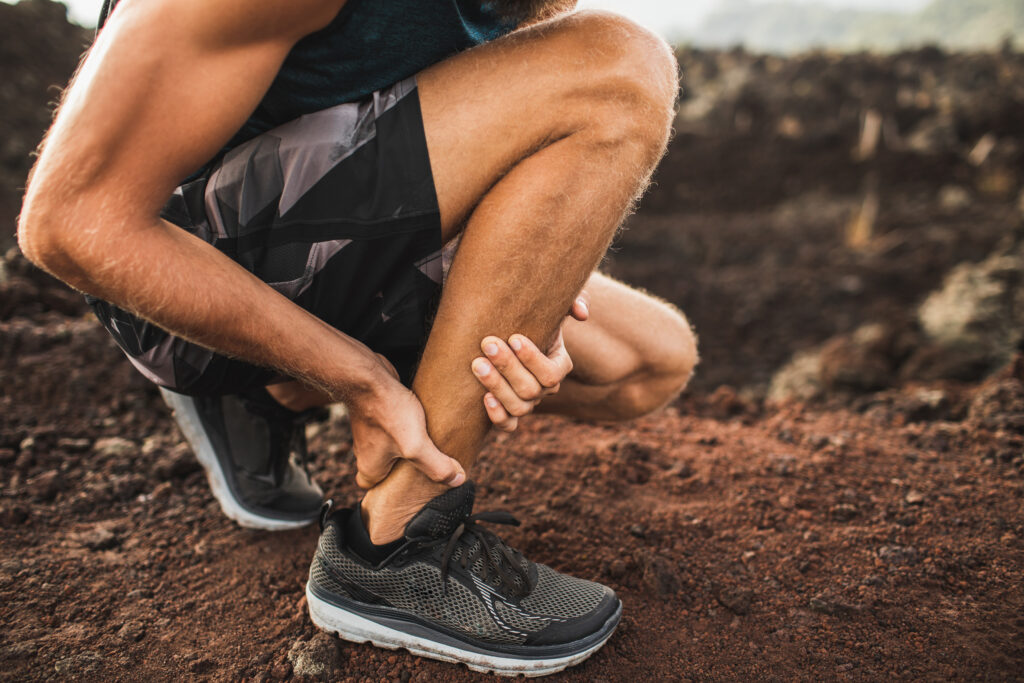
Think of your Achilles tendon as a thick, powerful rubber band connecting your calf muscles to your heel bone. It’s the most significant and strongest tendon in your body, capable of handling forces up to 12.5 times your body weight during running. Recent research published in the Journal of Clinical Medicine reveals that the Achilles tendon withstands forces of up to 12.5 times our body weight during running activities alone. Your Achilles tendon is hard at work whenever you walk, run, jump, or even stand on your tiptoes.
This vital connector, located at the back of your ankle, gets its name from the legendary Greek warrior Achilles. Like its namesake, it can be surprisingly vulnerable despite its strength. It’s essential for pushing off the ground with each step.
Not all Achilles injuries are created equal. They typically fall into three categories:
Grade 1: Think of this as minor fraying of the tendon fibres, like a rope starting to show wear. You might feel mild pain and stiffness but can usually continue most activities with some discomfort.
Grade 2: This is a partial tear, similar to a rope with some, but not all, of its fibres torn. You’ll experience moderate pain, swelling, and difficulty with normal walking. It’s crucial to seek medical attention at this stage to ensure proper healing and prevent further damage.
Grade 3: This is the complete rupture – imagine that the rope is completely separated into two pieces. You’ll likely hear a ‘pop’ when it happens, followed by severe pain and inability to push off with your foot. While this is a serious injury, with the right medical care and rehabilitation, you can overcome it.
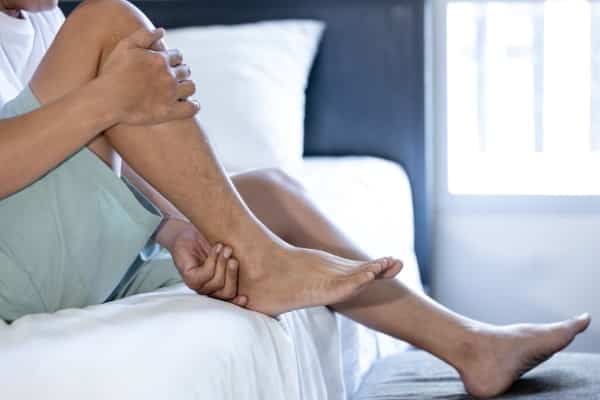
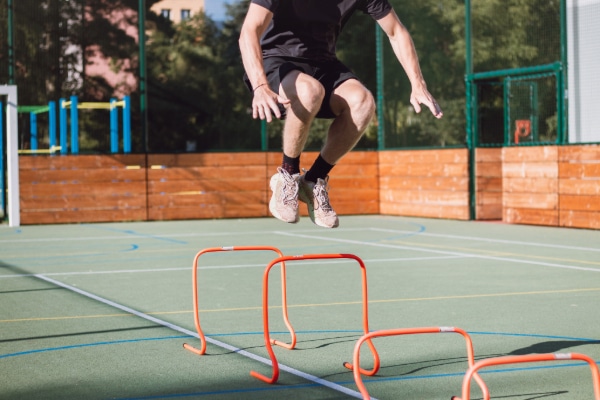
Weekend warriors take note: Achilles tears often occur during high-intensity, stop-and-start activities like basketball, tennis, or sprinting. However, they can also happen during everyday activities, especially if certain risk factors exist. It’s important to note that the most susceptible age group falls between 30 and 50 years old, particularly those with irregular or sporadic exercise patterns (Statistics from the International Journal of Sports Medicine ). Poor flexibility in your calf muscles can also increase your risk, as can certain medications, particularly some antibiotics. Those with previous Achilles tendon injuries or who suddenly increase their training intensity are also at higher risk.
Many people don’t realize that an Achilles injury doesn’t just affect your ankle. “The body is an interconnected system,” explains Dr Zac De Gooyer, a leading chiropractor specialising in movement injuries. Your body is like a chain; when one link is compromised, others must compensate. When you alter your walking pattern to avoid pain in your Achilles, you unknowingly create a domino effect. Your hip alignment may shift as you put more weight on the unaffected side. Your lower back mechanics can change as your walking pattern adapts, and your knee positioning might adjust to accommodate the new movement patterns. If not addressed, these changes can lead to secondary problems such as hip pain, lower back strain, and knee injuries that persist even after your Achilles heals. Research from the Journal of Biomechanics demonstrates that Achilles injuries can lead to:
It’s crucial to address these issues to prevent further complications.
Treatment varies depending on the severity of your tear and your unique activity goals. Your goals play a crucial role in determining the most effective treatment. For Grade 1 and 2 tears, the journey to recovery typically starts with initial rest and ice, followed by gradual strengthening exercises and physical therapy. With proper care, these injuries usually heal within 6-8 weeks, giving you a clear timeline to work towards.
For grade 3 tears, a more serious approach is often needed. Surgical repair is typically recommended for active individuals, but it’s important to note that non-surgical options are available for those who are less active. The total recovery time for a Grade 3 tear extends to 4-6 months, with a return to sports activities taking 6-12 months. This variety of options offers hope for a successful recovery.
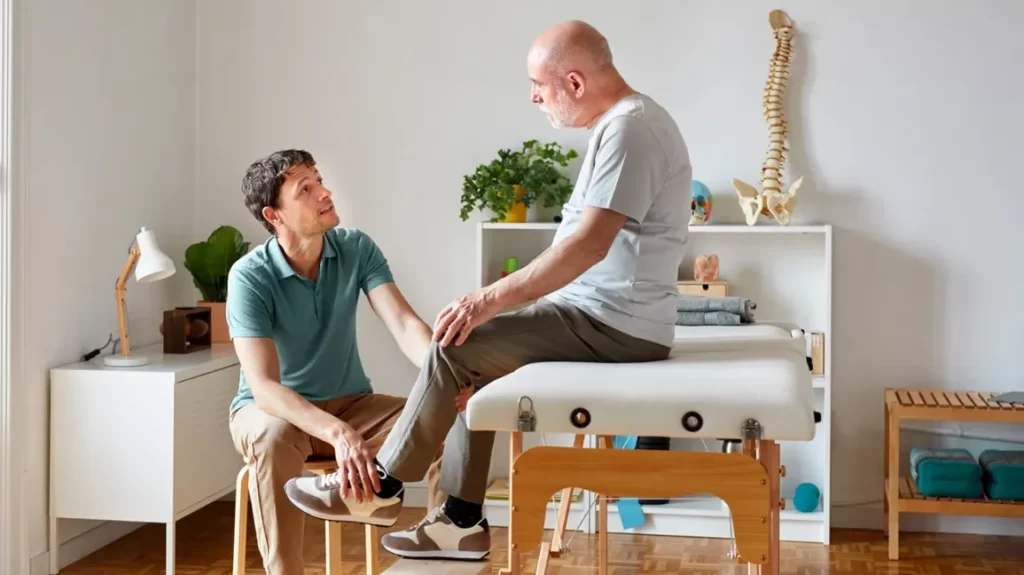
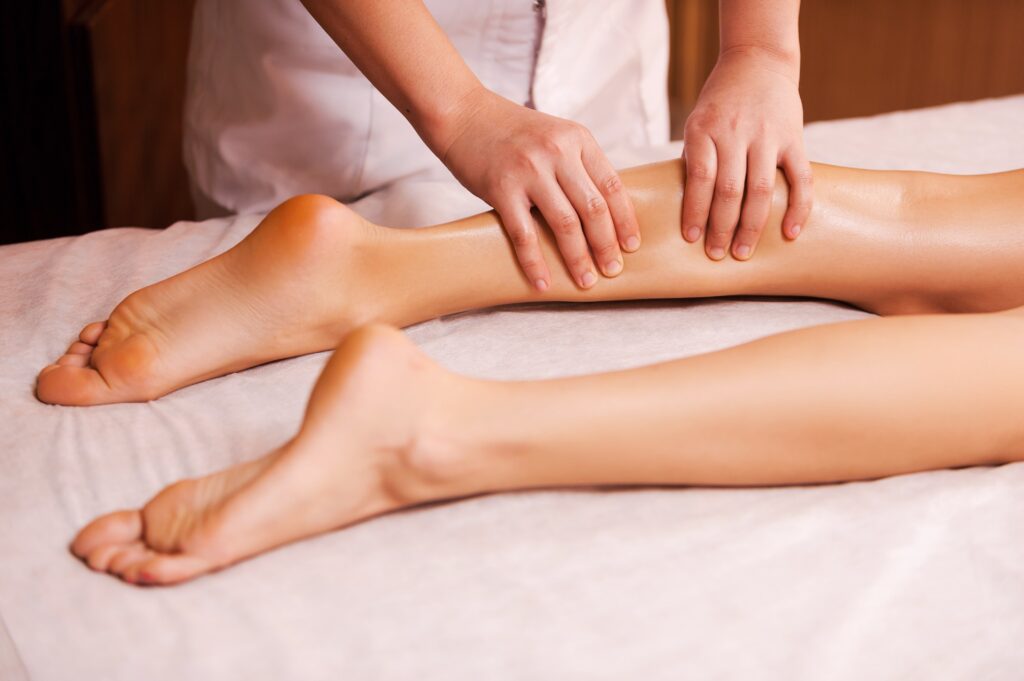
While you might not immediately think of chiropractic care for an Achilles injury, it plays a crucial role in maintaining overall body mechanics during recovery. A chiropractor can assess and address compensatory patterns in your lower back and hips, while providing soft tissue work to reduce tension in your calf muscles. They help maintain proper joint mobility throughout your recovery and guide you through appropriate exercises to maintain strength and flexibility. Perhaps most importantly, they can monitor and correct any biomechanical issues that might have contributed to the injury.
A 2023 study in the Journal of Athletic Training provides clear guidelines for activity modification. During recovery, you’ll need to modify your activity routine. High-impact activities like running and jumping should be avoided entirely, along with sudden direction changes, hill running, and stair climbing. Standing on tiptoes should also be eliminated from your routine until adequately healed.
However, staying active is still possible with the right modifications. Once your healthcare provider approves, you can try activities like swimming, which can improve cardiovascular health and muscle strength; stationary cycling (with modifications), which can help maintain joint flexibility and muscle strength; upper body strength training, which can prevent muscle atrophy and gentle stretching as directed by your healthcare team, which can improve flexibility and reduce the risk of muscle cramps.
If you’re in Sydney’s Inner West and suspect you might have an Achilles tendon injury, don’t wait until it becomes a bigger problem. At Five Dock Osteopathic and Chiropractic Centre, our experienced team can assess your condition and create a comprehensive treatment plan to address your Achilles pain and prevent any compensatory issues in your back and hips. We understand how important it is for active individuals like you to maintain their lifestyle, and we’re here to help you recover properly and get back to doing what you love. Please contact our clinic today to schedule an assessment and take the first step toward recovery.
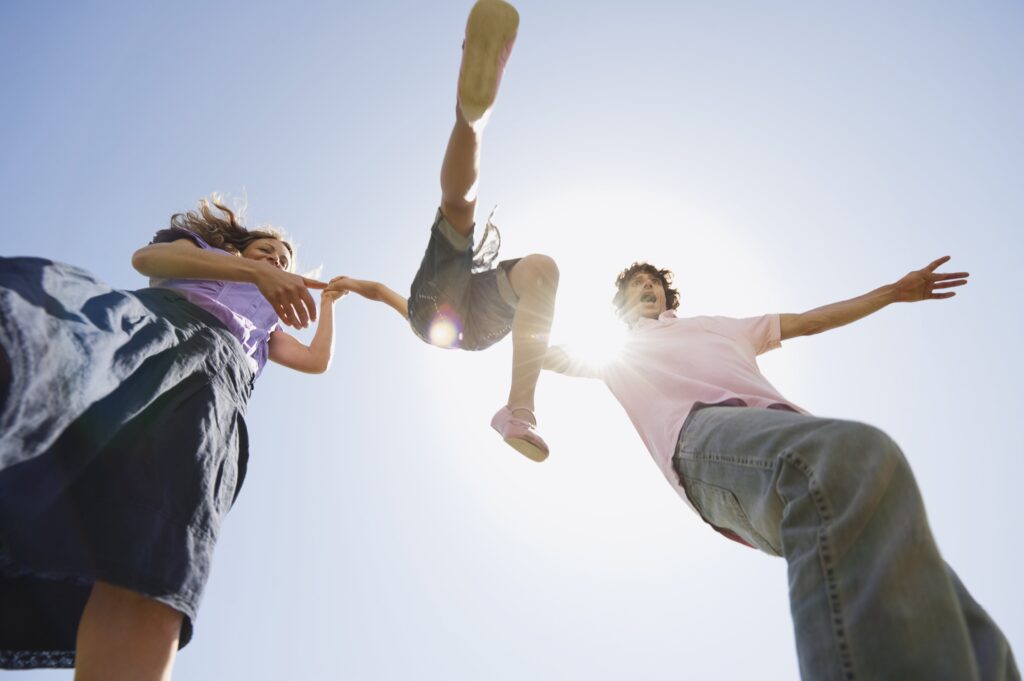
An Achilles tendon tear can be a significant setback, but with proper understanding and care, you can return to your active lifestyle. The latest research shows that 92% of Achilles injuries respond well to proper treatment when addressed early. The key is patience with the healing process and attention to how the injury affects your entire body mechanics. Remember, seeking early treatment and maintaining proper body mechanics through professional care, including chiropractic treatment, can help ensure a complete and proper recovery. This means that with the right approach, you can fully recover and return to your active lifestyle.
While recovering, stay active within your limits, follow your treatment plan, and pay attention to any compensatory patterns that develop. With the right approach, you cannot only recover but also come back stronger and more body-aware than before.
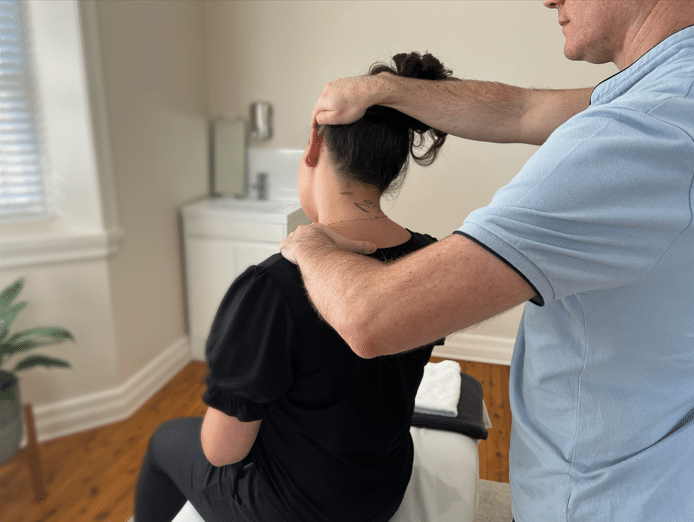
Forest Lodge, Annandale, Glebe, Leichhardt, Balmain, Haberfield, Canada Bay, Rozelle, Rodd Point, Wareemba, Stanmore, Petersham, Lilyfield, Hunters Hill, Enfield, Cabarita, Mortlake, Rhodes, Burwood Heights, Birchgrove, Gladesville, Huntleys Point, Abbotsford, Ashfield, Croydon Park, Croydon, Chiswick, Russell Lea, Burwood, Strathfield, Concord, Drummoyne, North Strathfield, Liberty Grove, Dulwich Hill, Lewisham, Camperdown, Ashbury, Homebush, Homebush West, Woolwich, Henley, Summer Hill, Sydney Olympic Park
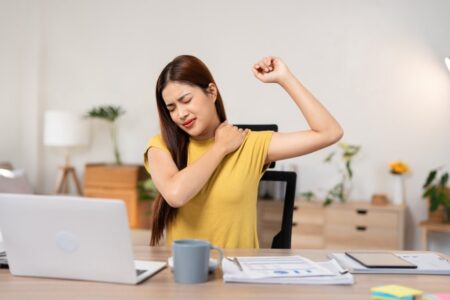
About
Five Dock Osteopathic & Chiropractic is located in Canada Bay, in Sydney’s Inner West. Servicing suburbs including Burwood, Croydon, Drummoyne, Five Dock, Haberfield, Concord, Abbotsford, Chiswick, Leichhardt, Wareemba, Russell Lea, Summer Hill, Strathfield.
Clinic hours
Monday, Tuesday, Thursday 7AM – 7PM
Wednesday, Friday 7AM – 6PM
Saturday 7AM – 2PM
Sunday 8AM – 2PM
Contact details